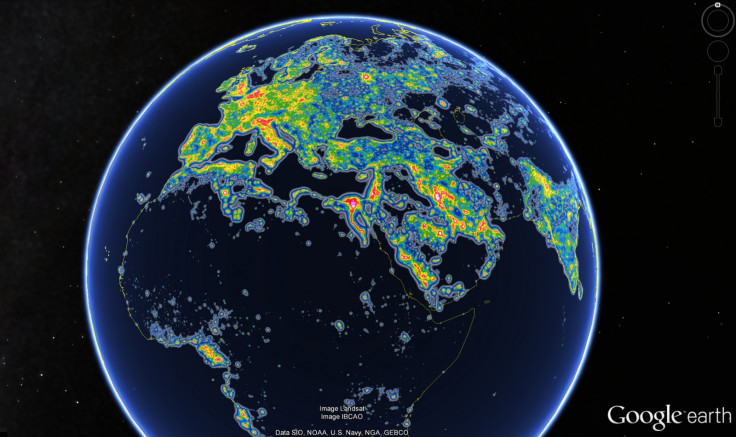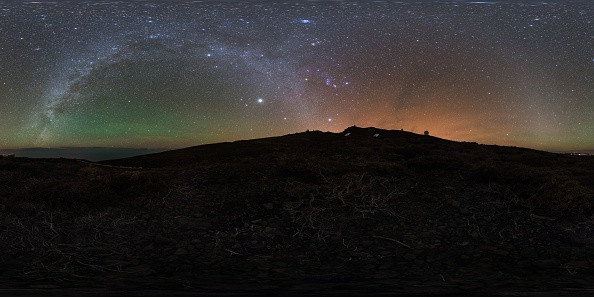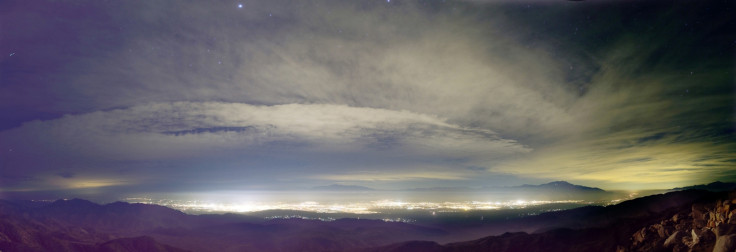8 people out of 10 cannot see the Milky Way because of light pollution
More than 80% of the world's population cannot see the Milky Way because of light pollution, scientists have said. Their complete findings are compiled in an 'Atlas of light pollution', which documents the degree to which the world is illuminated by artificial sky glow.
Created by Italian researcher Fabio Falchi and published in the open access journal Science Advances, the atlas reports population and land-based light pollution statistics for all countries. It suggests that in many parts of the world, people live under constant light pollution - defined as a level of brightness at which artificial light substantially obscures astronomical observations.
This work is particularly interesting because it provides an easy comparison of national and global levels of light pollution.
It will be an important tool for studying artificial light as an environmental pollutant with potential health and ecological consequences.
Differences between countries
Compared with a first 2001 edition of the Atlas, the collected data was much more precise. The scientists used global satellite data and sky radiance meters measures to assess the level of light pollution in each country.
City lighting information was collected from the American Suomi NPP satellite, which includes the first instrument intentionally designed to make accurate observations of urban lights from space.
This allowed the researchers to create maps of light pollution around the world and to estimate the proportion of each country's population that did not have access to clear skylines at night.

In Europe and the US, the levels of light pollution were the highest, with 99% of inhabitants living under polluted sky.
There were significant differences between G20 countries, with Italy and South Korea topping the list as the most polluted, and Canada and Australia appearing as the least polluted. Residents of India and Germany are most likely to be able to see the Milky Way from their home, while those in Saudi Arabia and South Korea are least likely.
Some countries remain a wonder for astronomers, in terms of their levels of light pollution at least. Chad, the Central African Republic, and Madagascar appear little affected by the phenomenon with more than three quarters of the population in these places living under majestic ink-black and starry night sky.

A negative impact
Falchi warns that the situation around the world might further deteriorate with future technological advances. LED lighting in particular is a threat because even though these lights consume less energy, their colours might add to the artificial sky glow.
"The new atlas provides a critical documentation of the state of the night environment as we stand on the cusp of a worldwide transition to LED technology" he explains, "Unless careful consideration is given to LED color and lighting levels, this transition could unfortunately lead to a 2-3 fold increase in skyglow on clear nights."

The researchers also say that light pollution could have a damaging impact on the health and on the natural environment.
More research is needed to understand how so, but in some countries, the impossibility to experience a true night sky has been associated to the rise of certain conditions like obesity, diabetes, or depression. Bright nights also affect nocturnal organisms and the ecosystems in which they live.
© Copyright IBTimes 2025. All rights reserved.






















